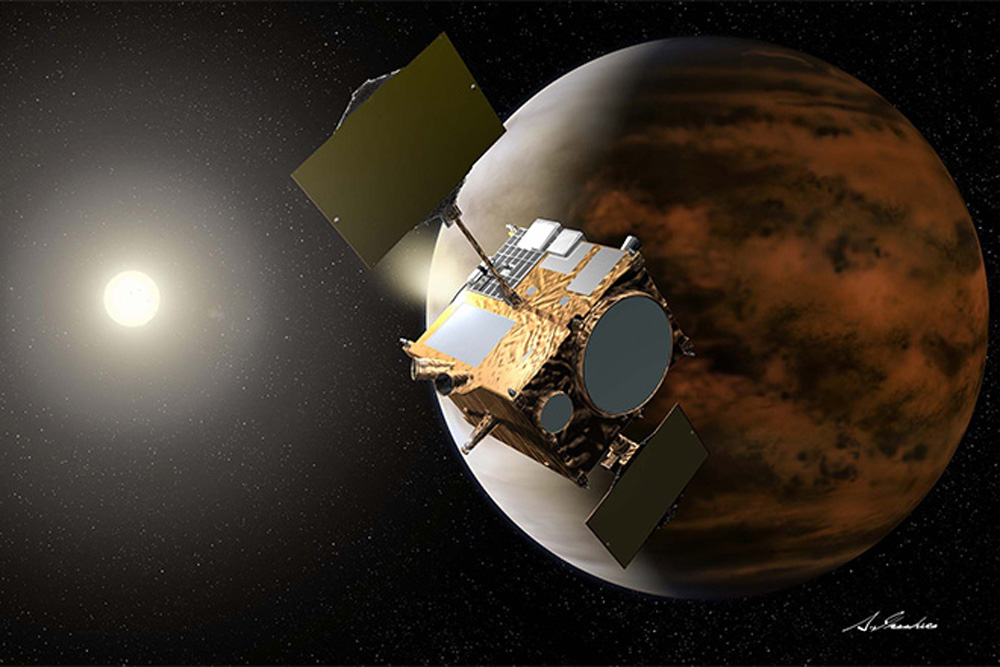How Do Scientists Classify Solar Flares?

The sun is a violent place, one that seethes with solar flares that blast radiation, heat and charged particles out into space.
A whopper of a flare occurred late Jan. 22, unleashing a gigantic burst of material that caused the strongest radiation storm since 2005. But while powerful, the flare wasn't the biggest solar storm the sun can unleash.
Astronomers rank solar flares in a classification system of five categories: A, B, C, M, and X. Class A flares are the weakest, while class X solar flares are the biggest, and can wallop the Earth with radiation that interferes with radio, GPS systems, and power grids.
The classification system, designed by the National Oceanic and Atmospheric Administration (NOAA), is similar to the Richter scale for earthquakes, in that each category is 10 times stronger than the one before it.
Thus, a B-class solar flare releases 10 times more energy than an A-class flare, while a C-class eruption releases 10 times more than a class B flare (and 100 times more than class A).
The scales are further divided into subcategories ranked from 1 to 9. The flare of Jan. 23 registered as an M8.7 on solar flare classification system.
While class A flares are pretty puny, stronger solar flares can pack a punch.
Breaking space news, the latest updates on rocket launches, skywatching events and more!
"The biggest X-class flares are by far the largest explosions in the solar system and are awesome to watch," NASA officials wrote in a statement. "Loops tens of times the size of Earth leap up off the sun's surface when the sun's magnetic fields cross over each other and reconnect. In the biggest events, this reconnection process can produce as much energy as a billion hydrogen bombs."
When aimed at Earth, powerful X-class solar flares can pose a threat to astronauts and satellites in space, disrupt satellites in orbit and even damage power grids on the planet's surface.
The strongest solar flare ever recorded occurred in 2003, and was so powerful it maxed out the sensors measuring it, which topped out at class X15. Scientists think this flare was probably closer to class X28, in reality.
Solar activity varies on an 11-year cycle, with the sun going through quiet and rowdy times periodically. The current solar cycle is known as Solar Cycle 24. Feb. 15, 2011 saw the first X-class flare of the current solar cycle, with more following over the summer.
With the sun recently coming out of a lull and gearing up for a solar maximum expected in 2013, this should bring many more strong solar flares, NASA scientists have said.
This story was provided by Life's Little Mysteries, a sister site to SPACE.com. Follow Life's Little Mysteries on Twitter @llmysteries, then join us on Facebook.
Join our Space Forums to keep talking space on the latest missions, night sky and more! And if you have a news tip, correction or comment, let us know at: community@space.com.
For the science geek in everyone, Live Science breaks down the stories behind the most interesting news and photos on the Internet, while also digging up fascinating discoveries that hit on a broad range of fields, from dinosaurs and archaeology to wacky physics and astronomy to health and human behavior. If you want to learn something interesting every day, Live Science is the place for you.

